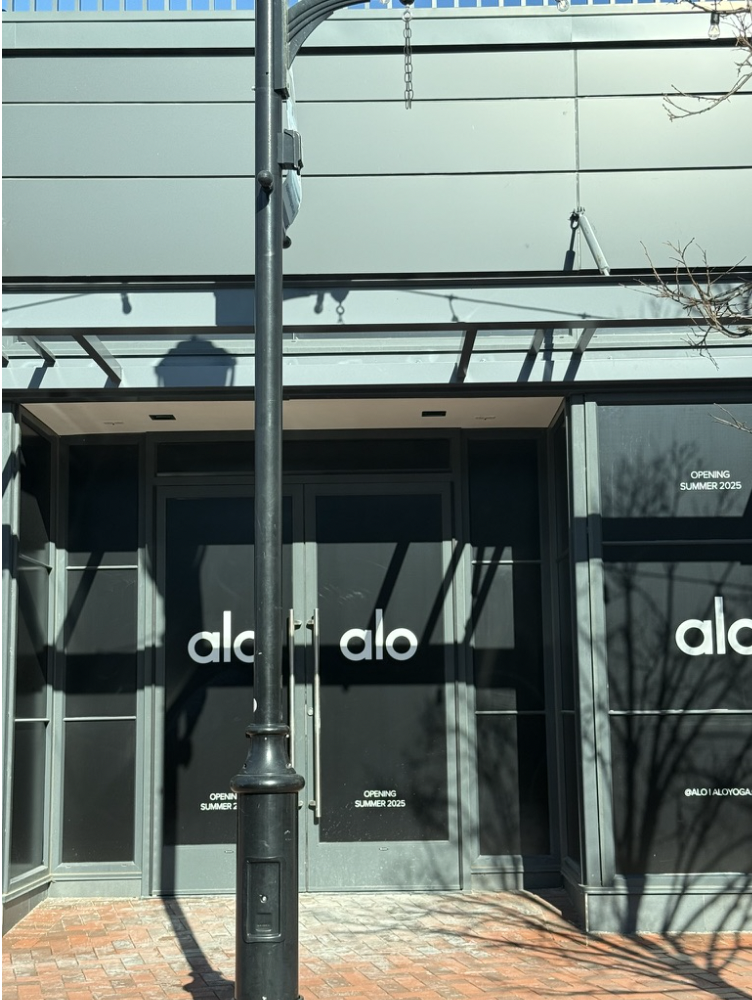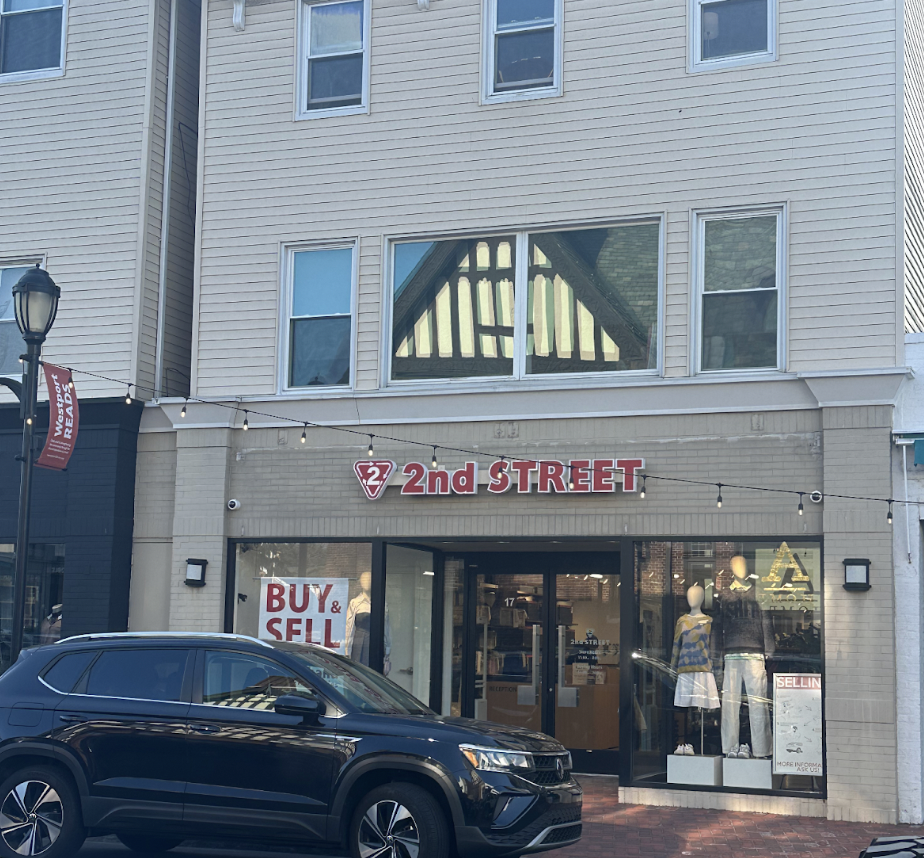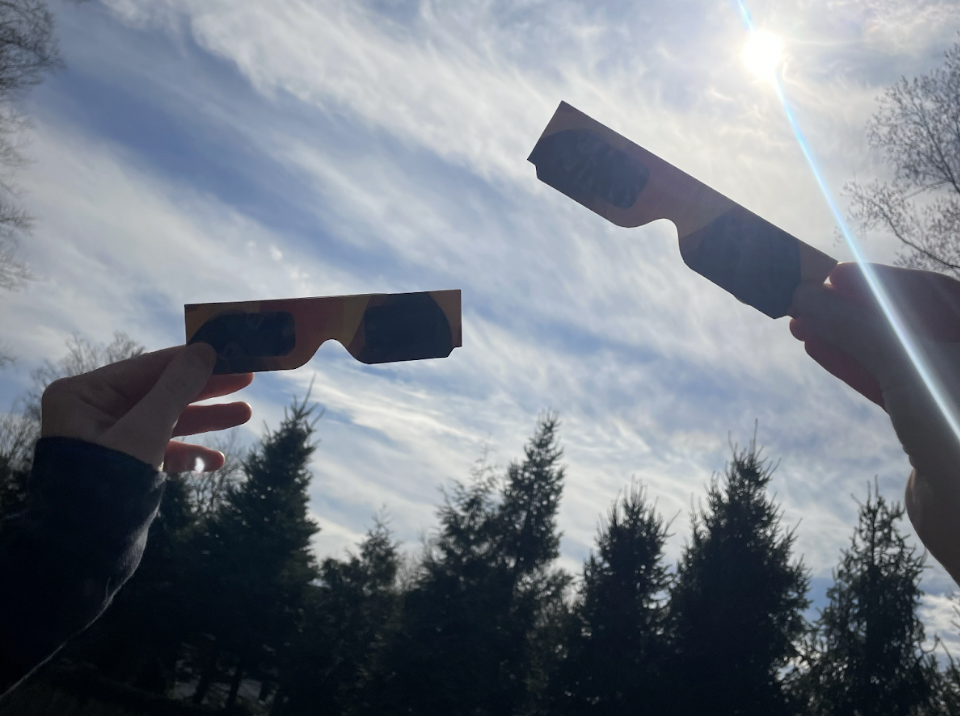The solar eclipse crossed over North America, passing over Mexico, the United States and Canada on Monday, April 8. The eclipse was only visible to certain states within the U.S., including Connecticut, making it visible for Westporters.
On April 2, Principal Stafford Thomas sent out an email regarding information about the solar eclipse as students will still be at school when the solar eclipse has already begun. The information highlights the significance of the eclipse and provides safety guidelines for viewing.
“While Connecticut is not in the path of a total eclipse, we will still experience around 90% coverage at peak eclipse, which occurs at approximately 3:26 p.m.,” Thomas said.
Solar eclipses can be dangerous for the eyes because looking directly at the sun can cause serious eye damage or even blindness.
“If you look directly at an eclipse, your pupil will expand to accommodate for low light even though the UV radiation from the sub remains high,” according to VeryWell Health. “This can cause damage to the cornea and retina. That damage can be permanent. You need special glasses or viewers to watch the eclipse.”
All science teachers passed out solar eclipse glasses to promote eye protection around the school. Bridget Menninger ’25, among other students, had the opportunity to view the eclipse during the last period of the day.
“I don’t know what I would’ve done without the glasses that Ms. Iannetta gave to me,” Menninger said. “It was so cool looking at the eclipse since it’s not something you see everyday.”
While solar eclipses occur approximately every one to three years, the most recent one that was visible in Westport was on Aug. 21, 2017. This infrequency results from the fact that each eclipse can only be seen from a small portion of Earth, making the likelihood of seeing a solar eclipse in a particular place extremely low.
“A total solar eclipse is a rare phenomenon that occurs during a new moon when the Sun, Moon and Earth are aligned in a straight line,” according to the State University of New York. “The Moon completely covers the Sun, blocking its light and casting a shadow on Earth. This results in a brief period of darkness, known as totality, for the regions within the Moon’s shadow. The next total solar eclipse in the US will be seen in 2044, over North Dakota and Montana.”














































